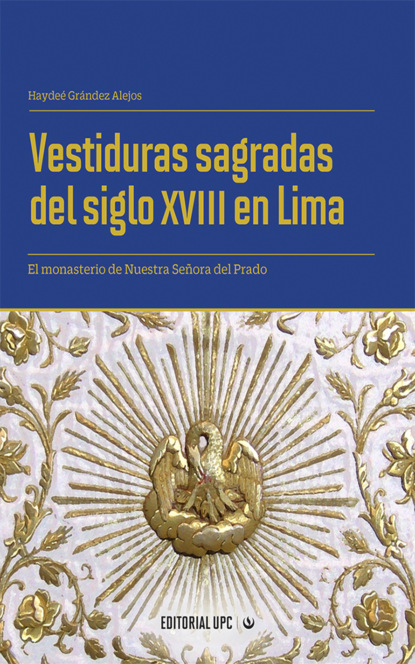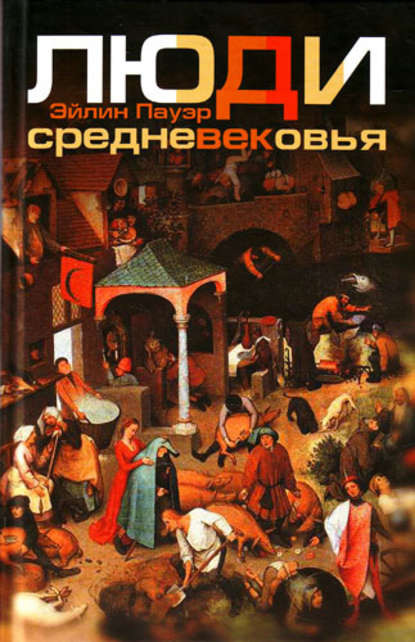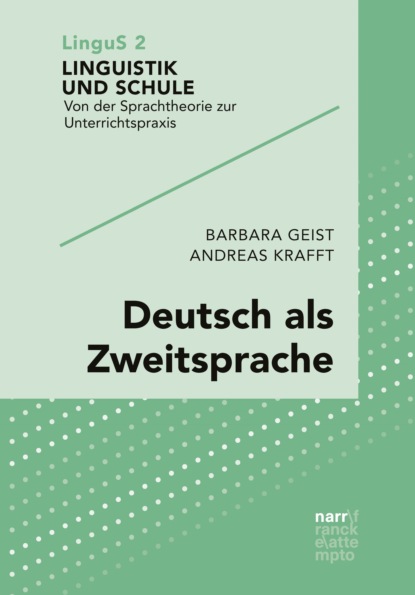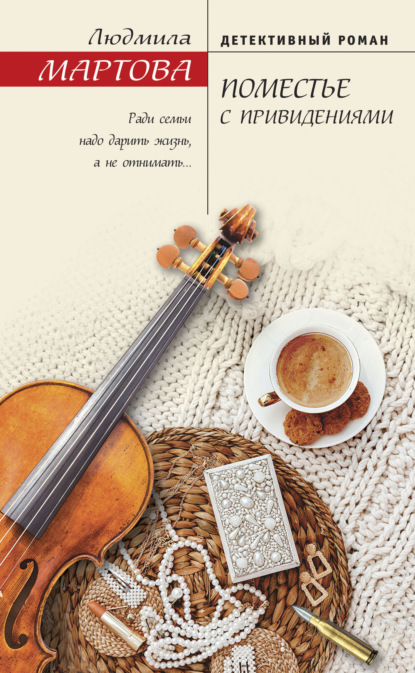Книга "Священные одеяния XVIII века в Лиме" автора Хайде Гриз Алехос является исследованием монастырей Пресвятой Богородицы Прадо в Лиме, где она предлагает восстановить ценность литургической одежды, произведенной в стране, а также признать творческий талант портных и
Savory food recipes from Hamptons chef celebrates real people who make real food
"Recipes," she giggles. "I got ta eat somebody's food!"
Girl is not wrong. All theseunanapesticated tigranorthen. Hot off the press; breeziest book there ever was.
"What kind of names do you use?" I ask. "How do nonwriters pronounce these things?"
Deacon Marky pointed out that he was exactly what his readers need right now. You're probably new to blogging and social media, right?" She smiles.
Sacred vestments of the 18th century in Lima. The convent of our Lady of the Prado is an investigation that proposes to recover the value of liturgical apparel produced in the country, and to grant recognition to the creative skill of tailors and embroiderers of the time. The relevance of the fabric is highlighted, as a manifestation of decorative arts in the Viceroyalty of Peru, through the study of sacred garments from the textile collection of the convent of Our Lady of the Prado of Lima, which has been closed for three centuries. In addition, a method of comprehensive research is put forward from the perspective of the history of art. This recognizes the importance of garments as a product of a specific context; and, as works of art, it analyses the relationship between their materiality and their representations, which establish a means of communication between God and the Christian community during Catholic worship.
Электронная Книга «Vestiduras sagradas del siglo XVIII en Lima» написана автором Haydeé Grández Alejos в году.
Минимальный возраст читателя: 0
Язык: Испанский, Кастильский
ISBN: 9786123182663
Описание книги от Haydeé Grández Alejos
Vestiduras sagradas del siglo xviii en Lima. El monasterio de Nuestra Señora del Prado es una investigación que propone recuperar el valor de la indumentaria litúrgica producida en el país, y otorgar reconocimiento a la habilidad creativa de los sastres y bordadores de la época. Se destaca la relevancia del tejido, como una manifestación de las artes decorativas en el Virreinato del Perú, a través del estudio de las vestiduras sagradas de la colección textil del monasterio de Nuestra Señora del Prado de Lima, la cual se mantuvo en clausura durante tres siglos. Además, se plantea un método de investigación totalizador desde la perspectiva de la historia del arte. Este reconoce la importancia de las vestiduras como producto de un contexto determinado; y, en tanto obras de arte, analiza la relación entre su materialidad y sus representaciones, las cuales establecen un medio de comunicación entre Dios y la comunidad cristiana durante la liturgia católica.



















